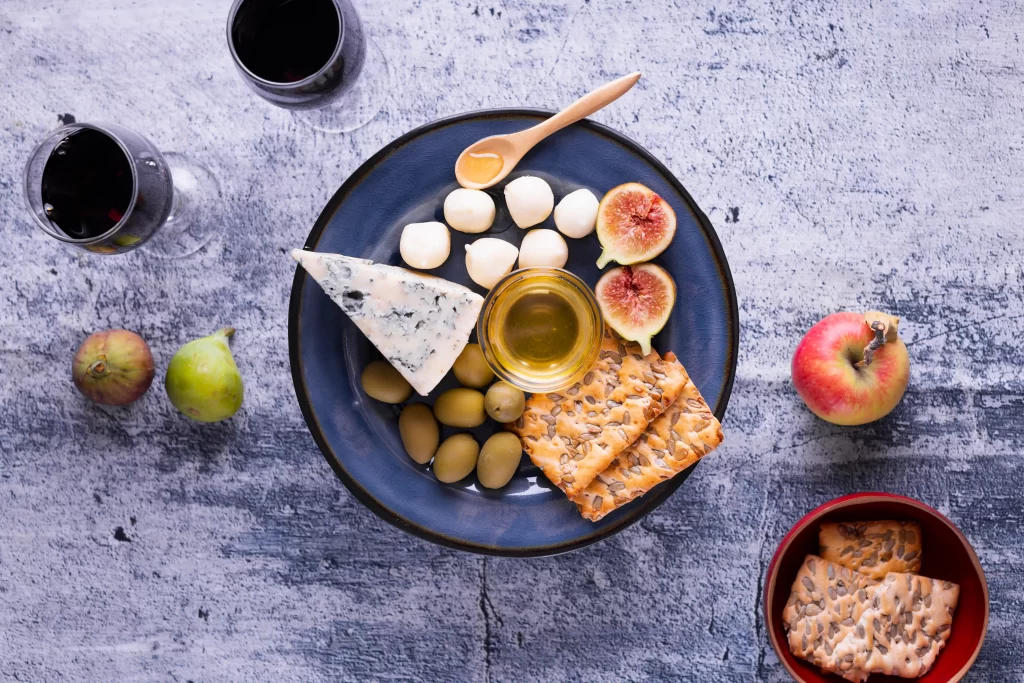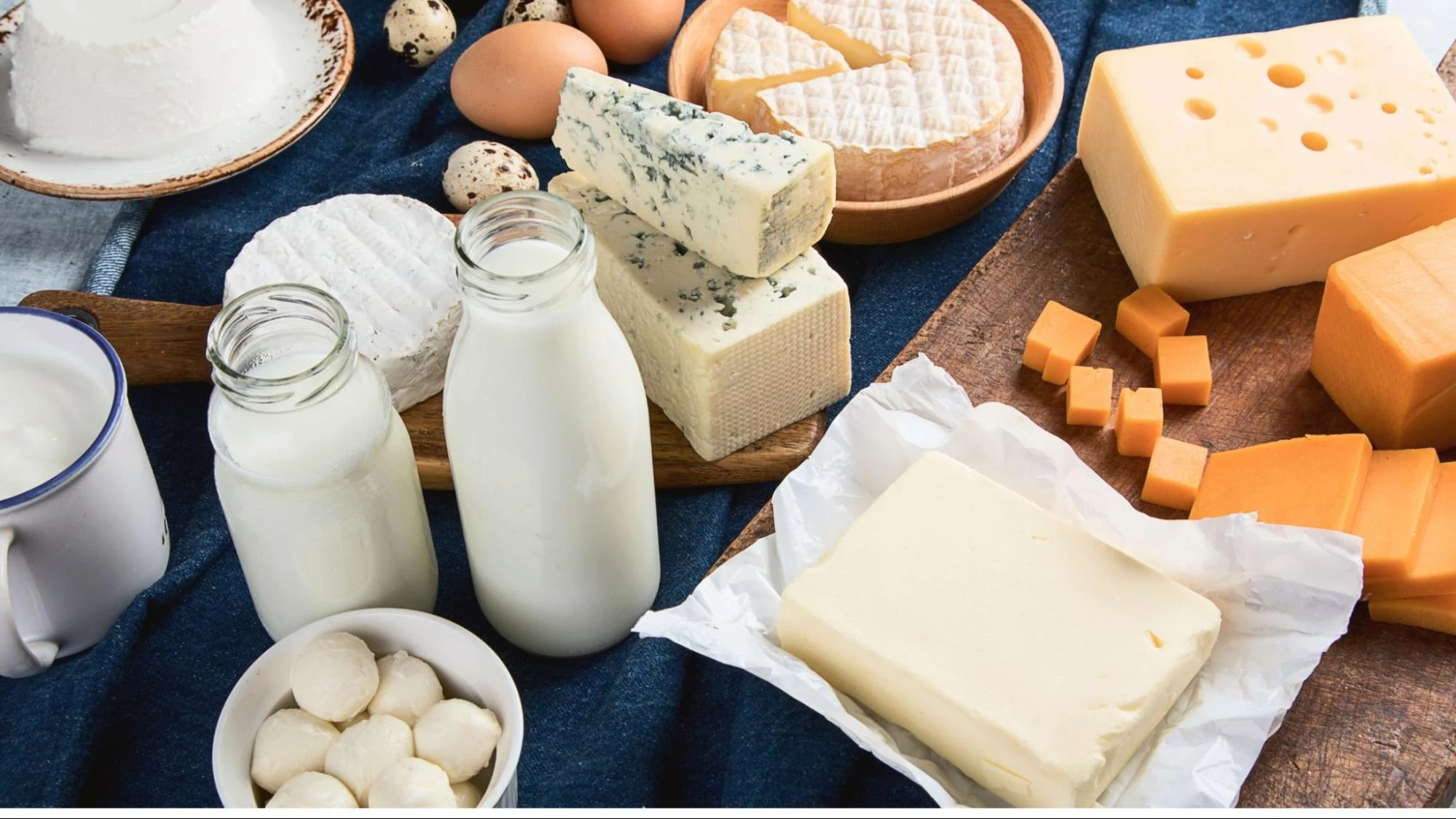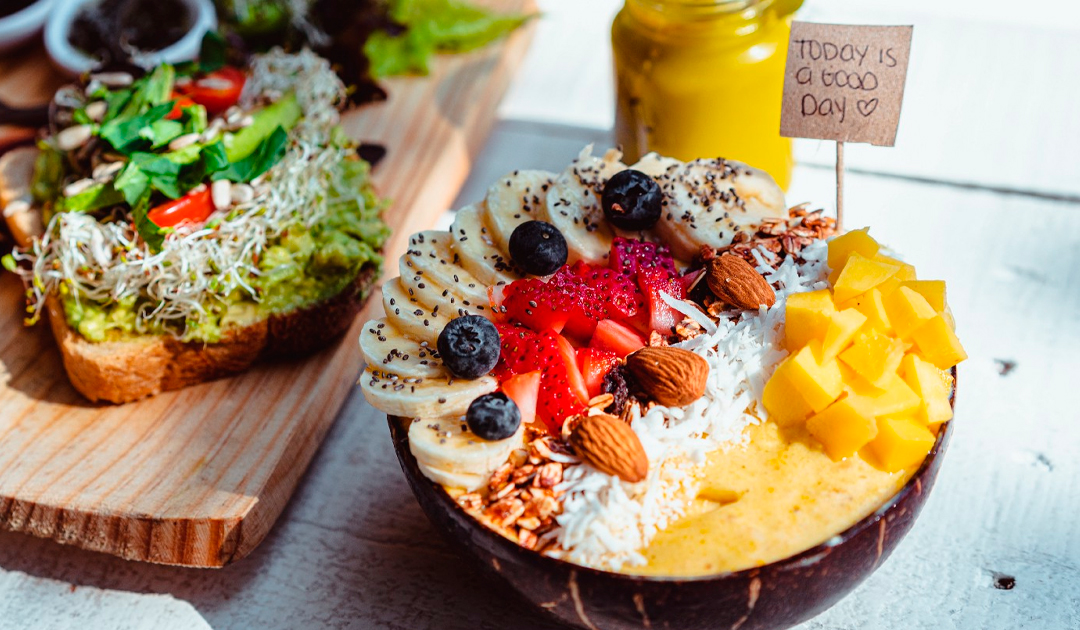Cheese has a rich and varied history, with evidence of its consumption dating back thousands of years. Its origins can be traced to various regions around the world, including the Middle East, Europe, and Asia. Ancient civilizations such as the Egyptians, Greeks, and Romans were known to have produced and enjoyed cheese as part of their diet and culinary traditions. Over time, different cultures developed unique methods of cheese-making, utilizing local ingredients and techniques passed down through generations. The art of cheese-making evolved alongside advancements in agriculture, animal husbandry, and food preservation, leading to the diverse array of cheeses we have today. From the creamy bries of France to the sharp cheddars of England, each cheese tells a story of tradition and craftsmanship deeply rooted in history.
European Classics: Exploring Timeless Favorites
Europe is home to some of the world’s most beloved cheeses, each with its own distinct flavor profile and cultural significance. France, Italy, and Switzerland are particularly renowned for their cheese-making traditions, which have been honed over centuries. From the pungent blues of Roquefort to the nutty gruyères of Switzerland, European cheeses offer a diverse range of tastes and textures to suit every palate. These cheeses often reflect the terroir of their respective regions, with factors such as climate, soil, and grazing practices influencing their character. Whether enjoyed on their own or incorporated into dishes, European cheeses continue to captivate cheese lovers worldwide with their timeless appeal and unparalleled quality.
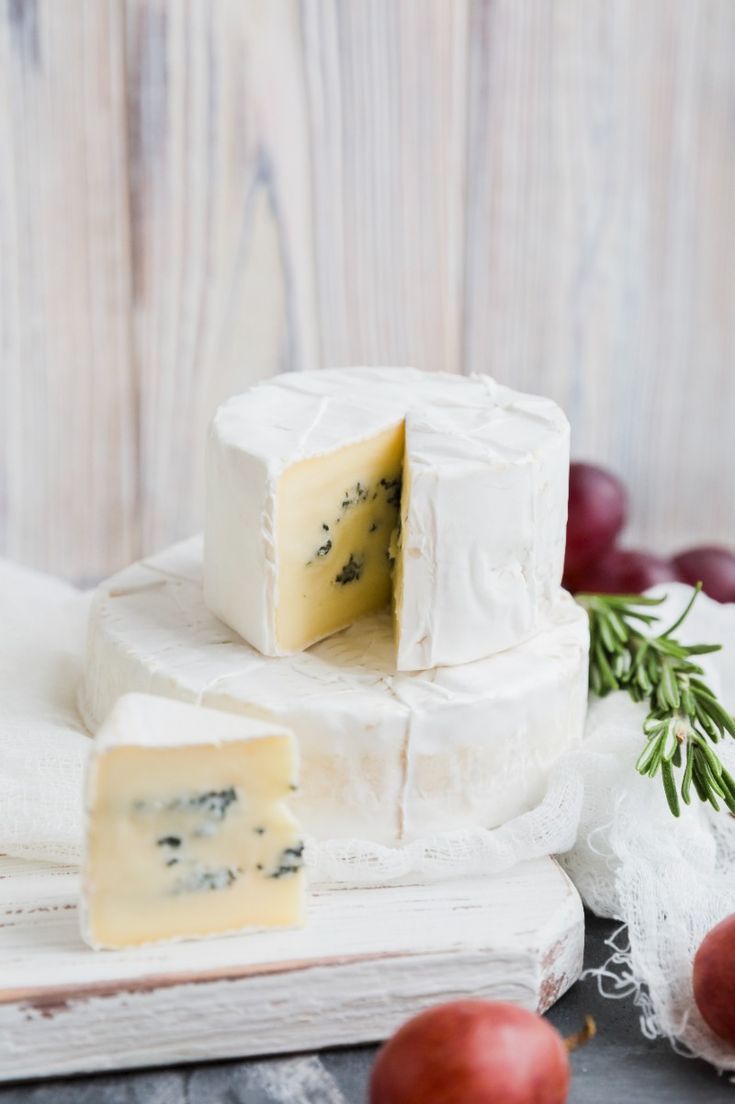
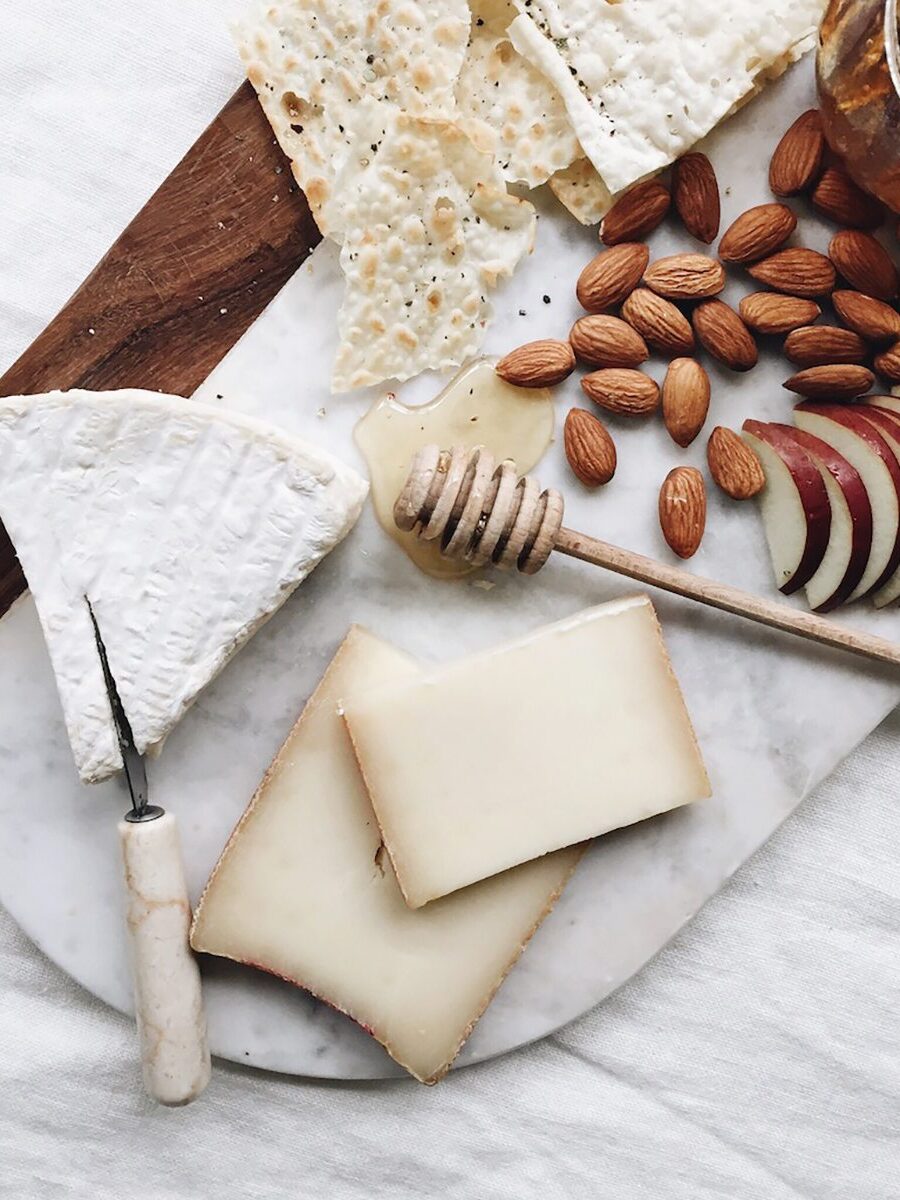
The Melting Pot: Global Influences on Cheese
While Europe may be the traditional heartland of cheese production, cheese-making has spread to every corner of the globe, resulting in a truly global cheese culture. Countries like the United States, Australia, and Argentina have developed thriving cheese industries, producing everything from artisanal cheeses to mass-market favorites. Additionally, globalization has led to the exchange of cheese-making techniques and flavor preferences, resulting in an increasingly diverse array of cheeses available worldwide. Today, cheese enthusiasts can sample cheeses from around the globe, each offering a unique taste of its country of origin and reflecting the cultural diversity of the world’s culinary landscape.
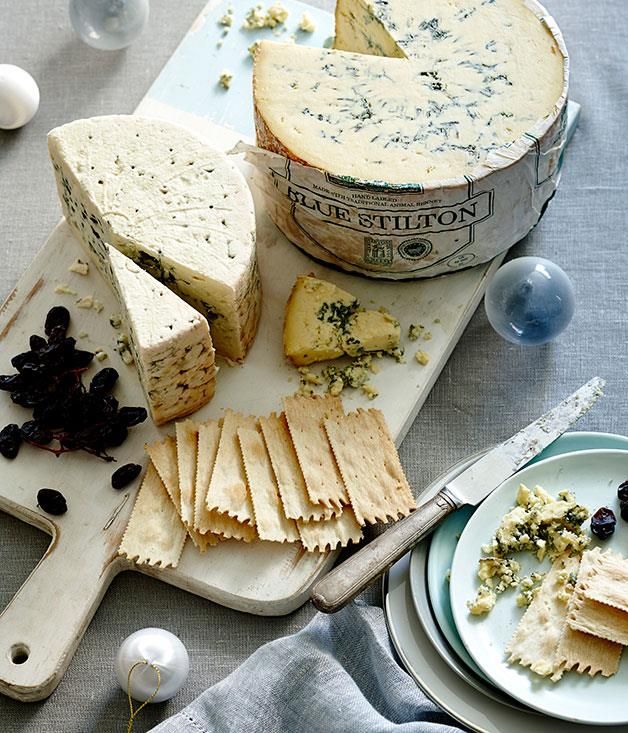
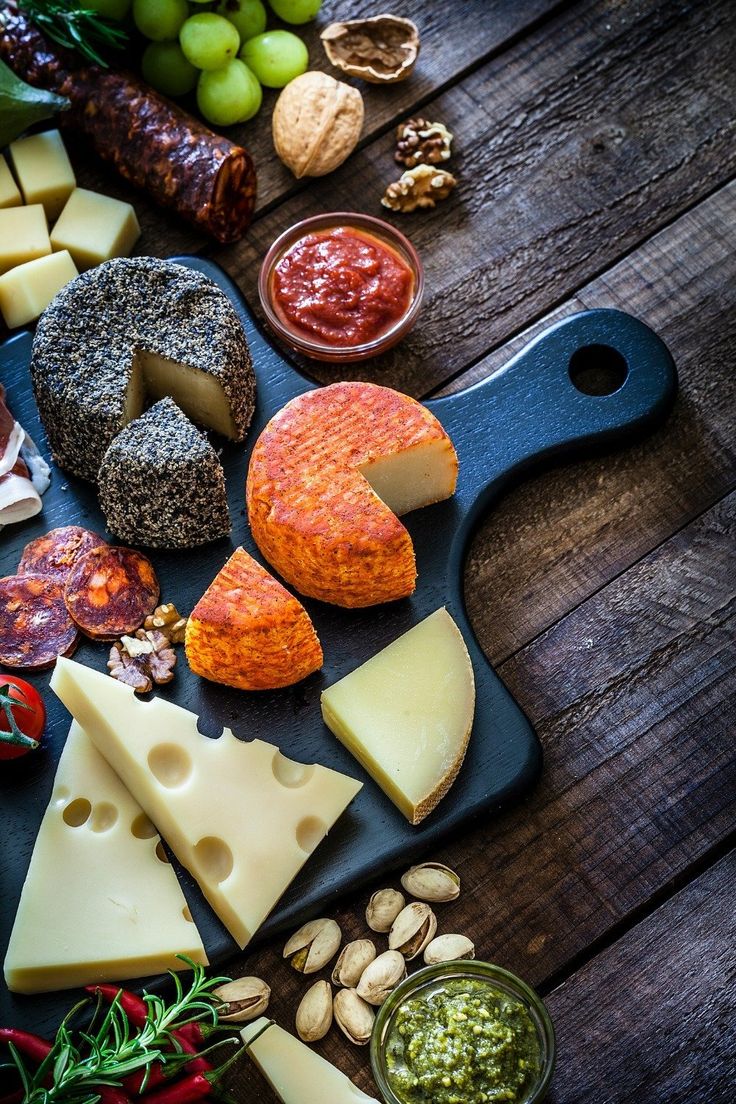
A Journey Through Cheese-Making Techniques
Cheese-making is a complex and nuanced craft that involves a variety of techniques and processes, each playing a crucial role in shaping the final product. The process typically begins with coagulating milk proteins, which form the basis of the cheese curd. This curd is then cut, drained, and pressed to expel excess whey and achieve the desired texture. Depending on the type of cheese being made, additional steps such as salting, aging, and inoculation with specific bacteria or molds may be employed to enhance flavor and develop unique characteristics. From the soft, creamy textures of fresh cheeses like mozzarella to the dense, crumbly consistency of aged varieties like Parmesan, cheese-making techniques vary widely and require skill, precision, and attention to detail.
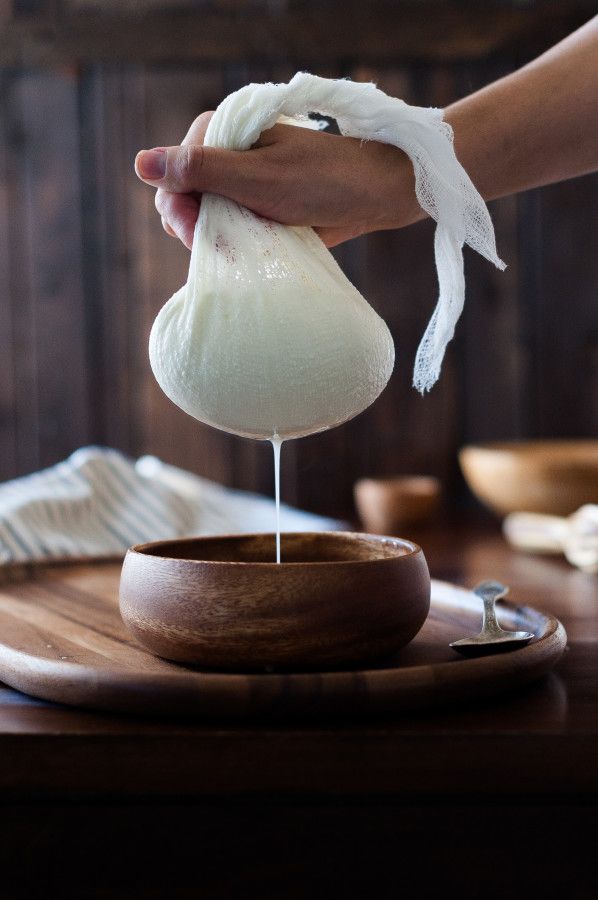
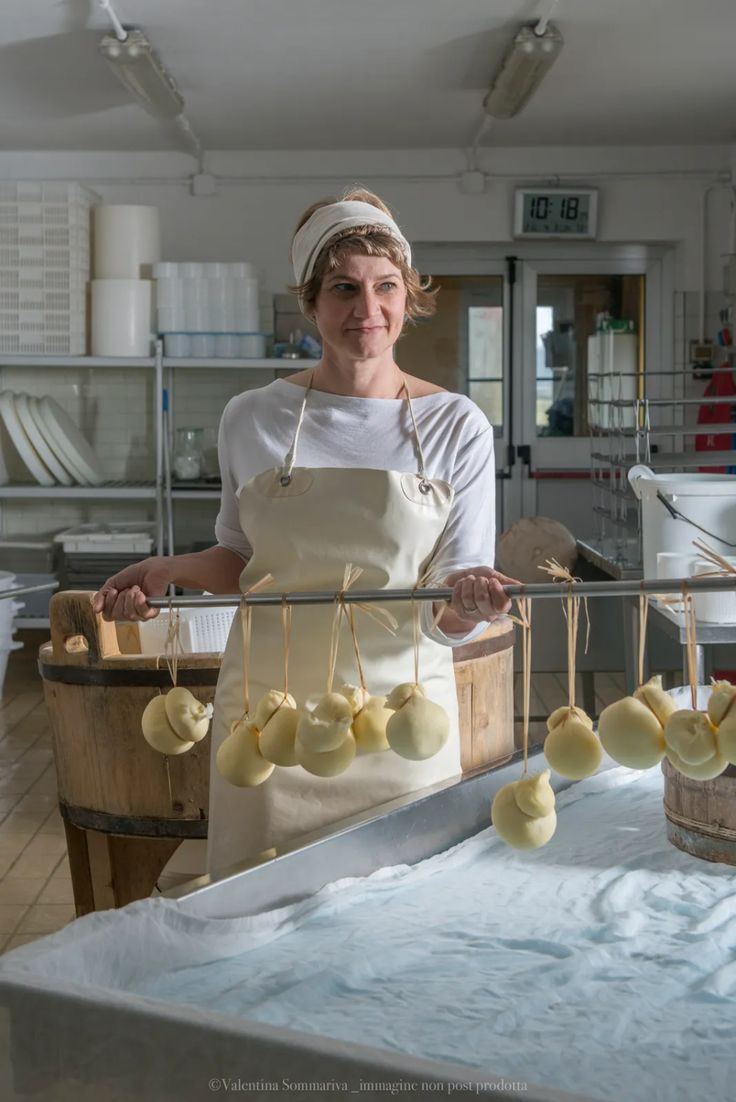
Notable Cheese Varieties Around the World
Cheese varieties from around the world offer a rich tapestry of flavors, textures, and cultural significance. Whether aged to perfection or crafted for immediate consumption, these cheeses showcase the diversity of global cheese-making traditions. Here are some notable varieties that have captivated cheese lovers worldwide:
- Parmigiano-Reggiano: Dubbed the “king of cheeses,” Parmigiano-Reggiano embodies Italian culinary excellence with its hard texture and robust, nutty flavor. Aged for a minimum of two years, it boasts a complexity that balances savory and subtly sweet notes. Renowned as a versatile cheese, it graces pasta dishes, salads, and soups, infusing them with its rich taste and enhancing their depth of flavor.
- Manchego: Originating from Spain, Manchego is crafted from the milk of Manchega sheep, boasting a firm texture and a savory, slightly tangy taste. Typically aged for several months, it develops a distinctive aroma and flavor profile that captivates the palate. This Spanish delicacy is a staple in tapas spreads, complementing cured meats and olives with its bold character.
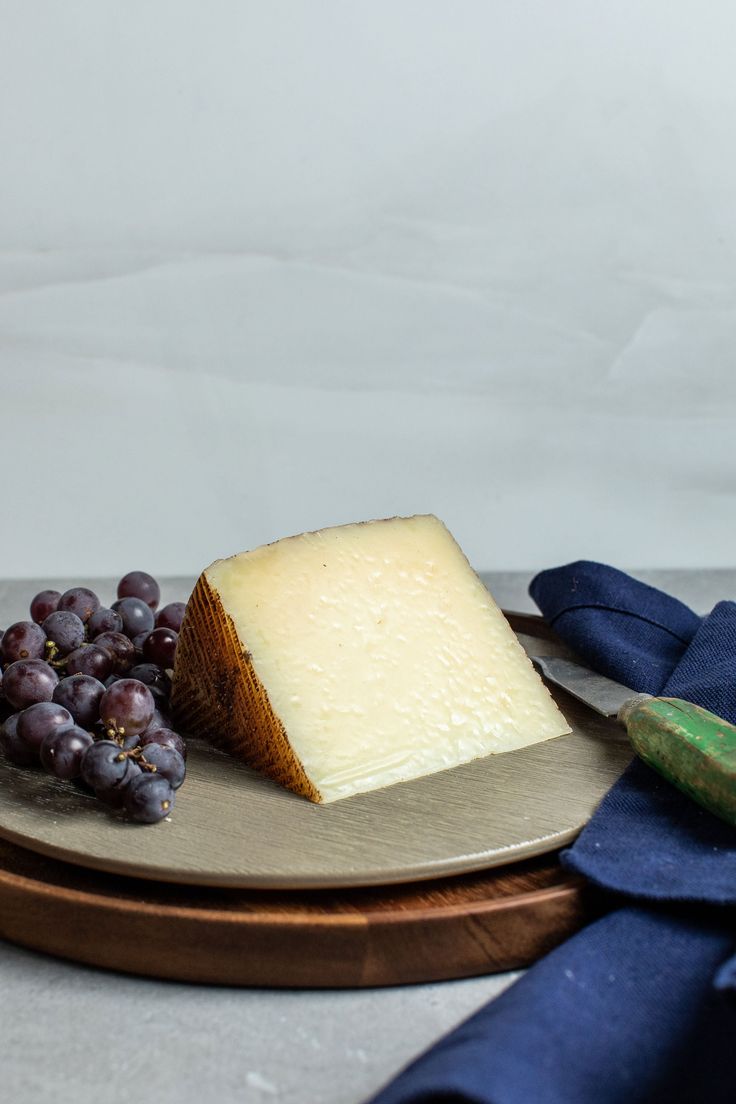
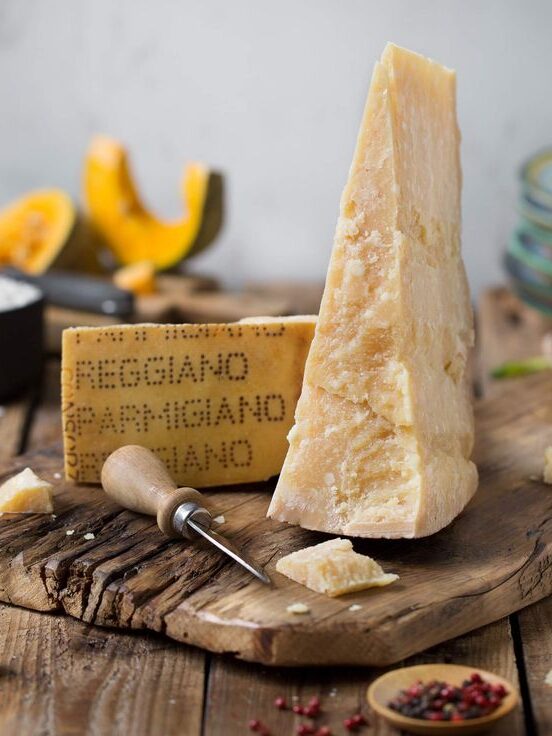
- Gouda: Hailing from the Netherlands, Gouda captivates with its smooth, creamy texture and delicate, sweet undertones. Available in various ages, from young and supple to aged and caramelized, Gouda offers a spectrum of flavors to suit every taste. Whether sliced for sandwiches, melted in sauces, or enjoyed on its own, this Dutch delight never fails to satisfy.
- Feta: Embodying the essence of Greek cuisine, Feta entices with its tangy flavor and crumbly texture, derived from sheep’s milk or a blend of sheep’s and goat’s milk. Brined to perfection, it delivers a salty finish that elevates Mediterranean dishes to new heights. From Greek salads to spanakopita, Feta adds a burst of freshness and complexity to every bite.
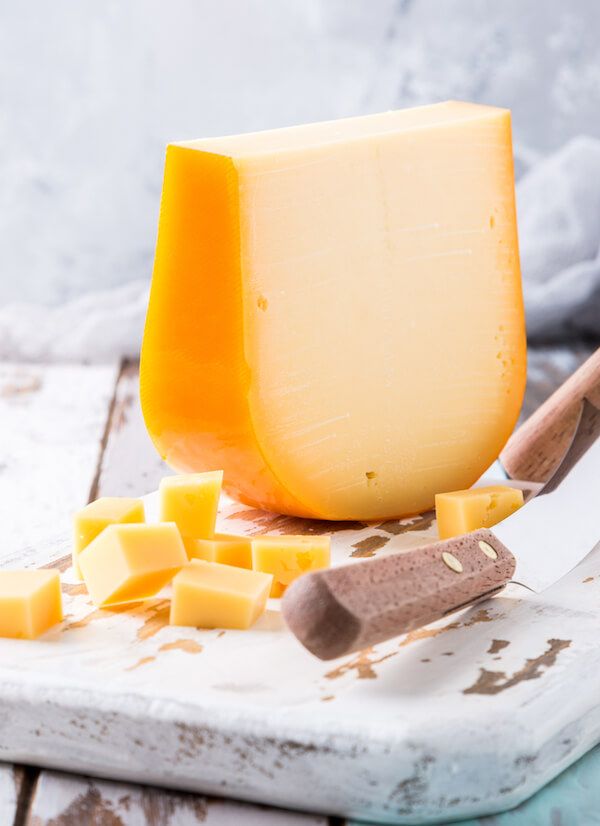
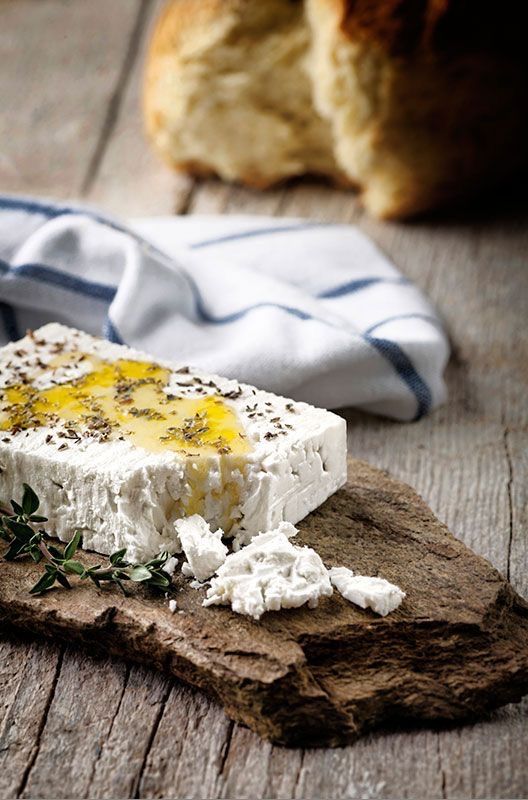
- Brie: A symbol of French culinary artistry, Brie seduces with its velvety texture and delicate, buttery flavor. Wrapped in an edible white rind, it matures gracefully, developing a subtle hint of mushrooms that enhances its allure. Whether paired with fruits, nuts, or crusty bread, Brie’s creamy richness delights the senses, making it a timeless indulgence.
- Cheddar: With its smooth, firm texture and bold, tangy taste, Cheddar represents the epitome of British cheese-making tradition. From young and creamy to aged and crumbly, it offers a spectrum of flavors and textures to suit every palate. Whether grated over pasta, melted in sauces, or enjoyed on its own, Cheddar’s versatility makes it a beloved staple in kitchens around the world.

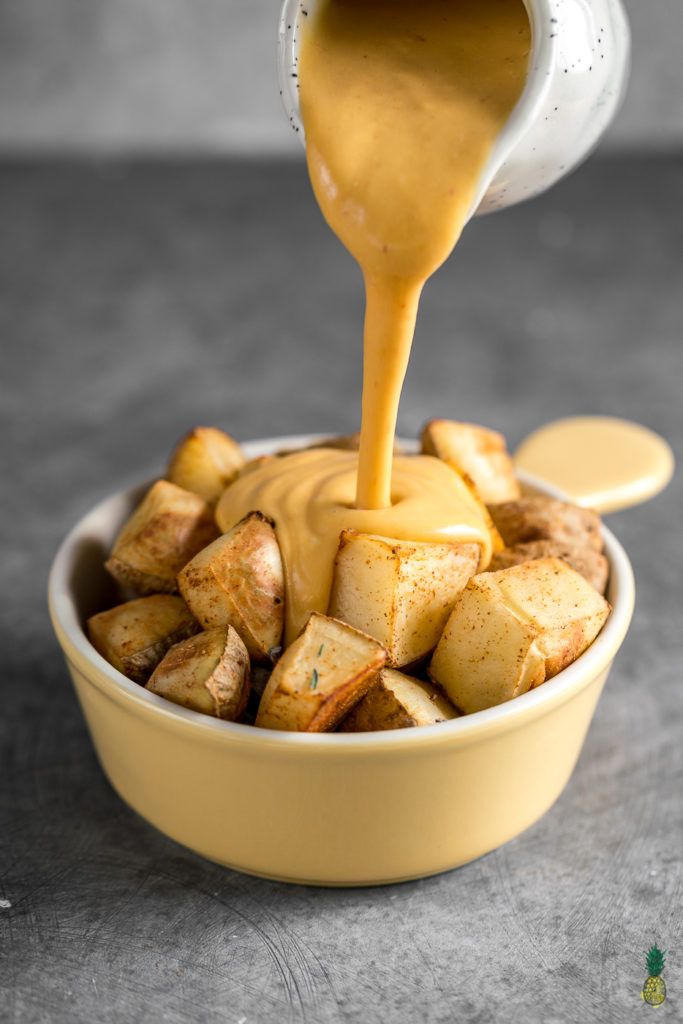
- Paneer: Made by curdling hot milk with an acidic substance like lemon juice or vinegar, paneer has a mild, slightly tangy flavor and a firm, crumbly texture. It is a versatile ingredient that can be fried, grilled, or crumbled into dishes such as curries, stir-fries, and desserts. Paneer is also popular among vegetarians as a protein-rich alternative to meat, often featuring prominently in vegetarian and vegan Indian dishes.
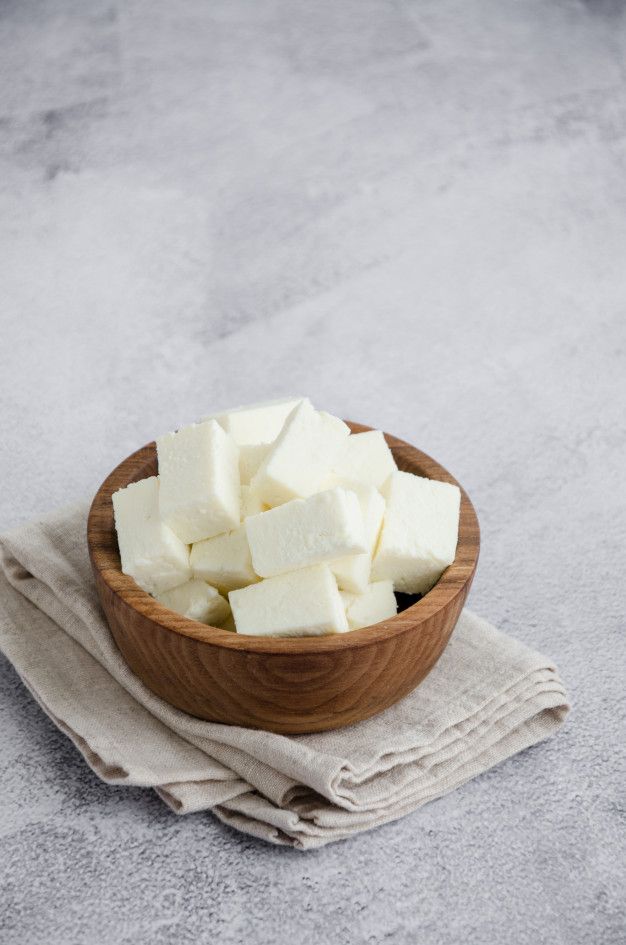
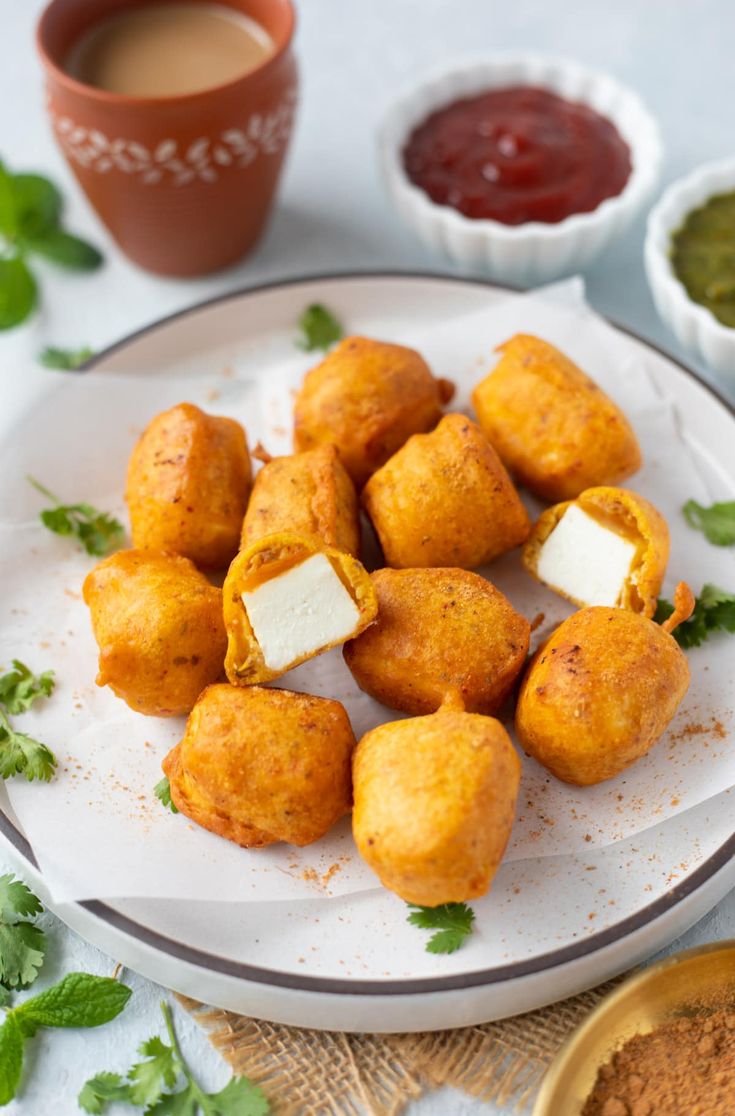
Exploring the Flavors of Cheese in Recipes
Cheese isn’t just a delightful snack on its own – it’s also a versatile ingredient that can elevate countless dishes. Here are a few recipes showcasing the culinary magic of cheese:
- Classic Macaroni and Cheese: Tender elbow macaroni is enveloped in a creamy cheese sauce, made with a blend of sharp cheddar and creamy Gruyère. Each bite offers a perfect balance of creamy texture and rich, cheesy flavor, making it a beloved dish for cozy dinners or family gatherings.
- Spinach and Feta Stuffed Chicken Breast: Boneless chicken breasts are filled with a savory mixture of sautéed spinach, minced garlic, and tangy feta cheese. Once baked to golden perfection, the chicken remains juicy and flavorful, while the melted cheese adds a creamy richness to every bite.
- Caprese Salad with Fresh Mozzarella: Fresh mozzarella cheese is paired with ripe tomatoes and fragrant basil leaves, creating a colorful and vibrant salad. Drizzled with extra virgin olive oil and balsamic vinegar, each forkful offers a harmonious blend of creamy, sweet, and tangy flavors.
- Grilled Cheese Sandwich with Tomato Soup: Slices of buttery bread are filled with gooey melted cheese and grilled until golden and crispy. Paired with a bowl of creamy tomato soup, this hearty and satisfying meal is perfect for warming up on chilly days or enjoying a cozy night.
These recipes demonstrate the versatility of cheese, whether melted into a gooey macaroni and cheese, crumbled over a fresh salad, or sandwiched between slices of bread for a comforting grilled cheese.
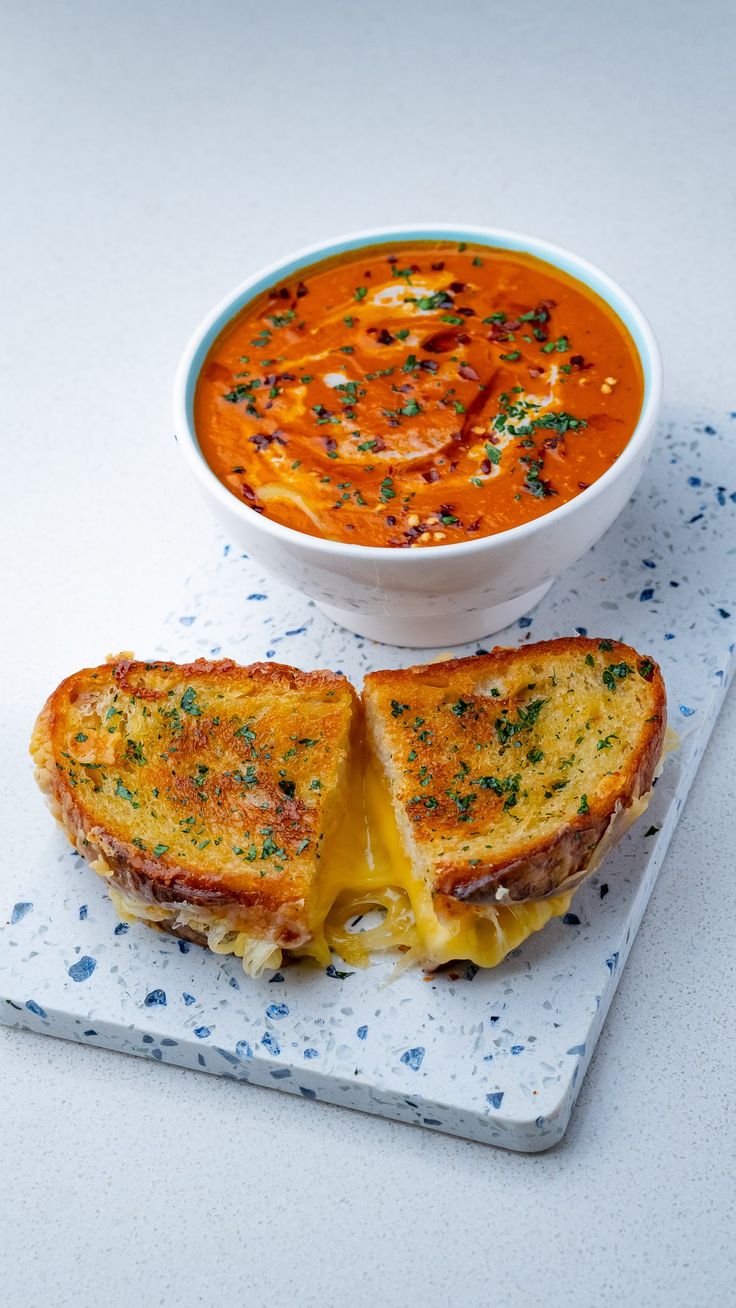

As we conclude our culinary journey through the world of cheese, it’s clear that this beloved dairy product holds a special place in kitchens and cultures around the globe. From the iconic classics of Europe to innovative cheese creations from every corner of the world, cheese continues to inspire chefs and delight food lovers of all ages. Whether enjoyed on its own, melted into a gooey masterpiece, or crumbled over a fresh salad, cheese remains an essential ingredient that adds depth, richness, and flavor to countless dishes. So, let’s continue to explore, experiment, and savor the endless possibilities that cheese has to offer in our culinary adventures.

